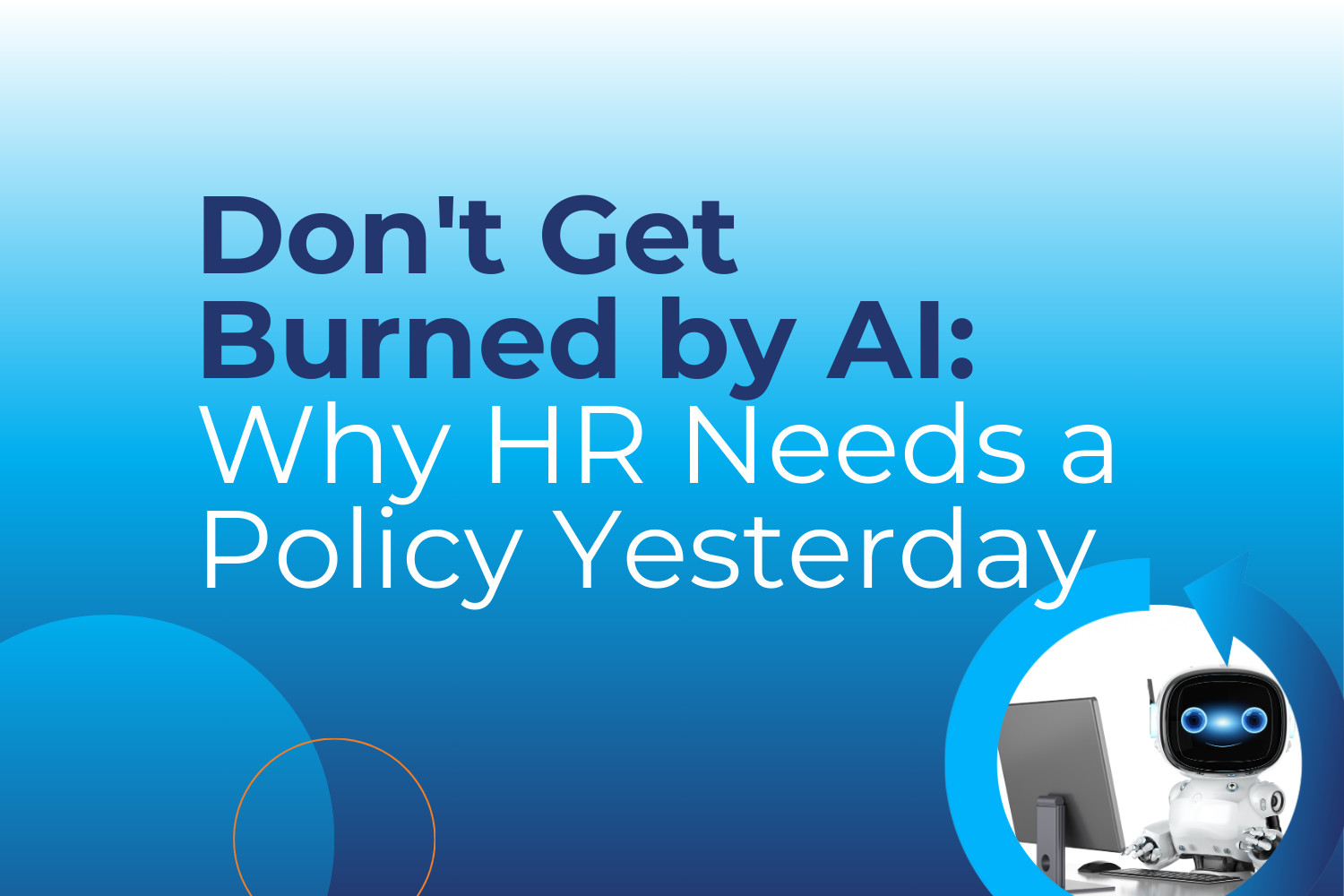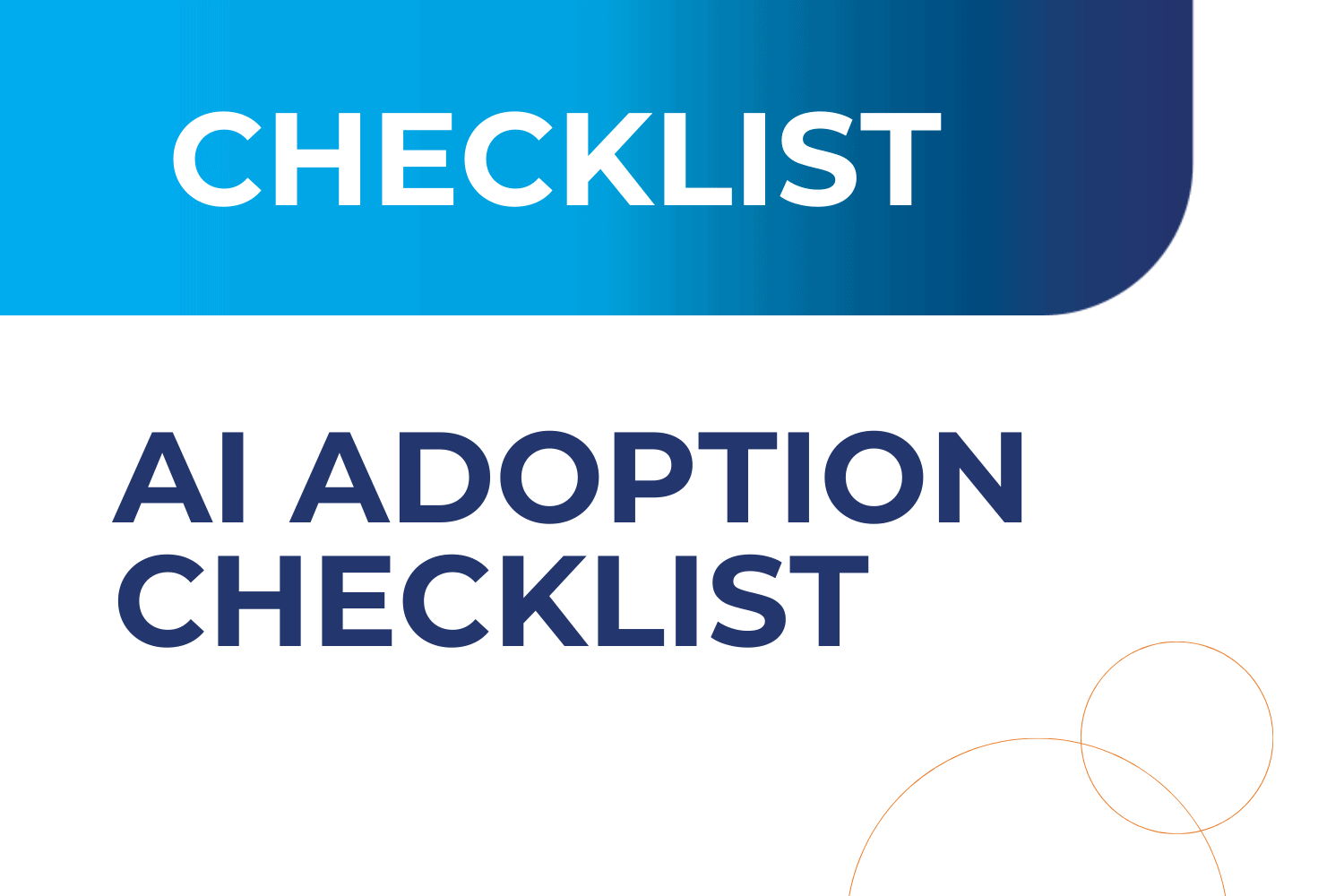How COVID Will Change HR and Employee Policies Permanently: Part 1

2020 will be an unforgettable year for many reasons, but it’s certainly going to go down in history as the year that work and employee policies changed drastically and permanently. No matter the industry, everyone has felt some change in the way they work now. It’s a new world, where it’s common for new hires to never meet their teammates in person and going to lunch with your colleagues won’t be happening for a long time.
The MP team has been on the front lines of a lot of these changes, helping businesses, schools, healthcare organizations, and nonprofits pave the way for their future. Read on for part one in our two part series about the changes that HR and payroll departments of all industries will be handling in 2020 and beyond, as well as the best HR strategies for gracefully implementing changes into the workplace and the company employee handbook.
New employee policies: remote work
It’s clear that remote work is on its way to becoming a new norm. A surprising number of companies are even thinking about transitioning 100% of their workforce to a remote plan. Some companies are eyeing a hybrid plan with either some staff working remotely and others in person, or staff being allowed to work a hybrid schedule of remote and in-person.
Because remote options will become so widespread, it’s going to become imperative for companies to keep up if they want to retain talent or attract new team members. Allowing remote work whether hybrid, 100%, or intermittent plans, will require workplaces to create a solid, official telecommuting policy. As you create your telecommuting policy, ask these questions:
- Who can work remotely? Whose job descriptions could support remote work, even if they haven’t before? Review all job descriptions for this process so you’re not inadvertently discriminating against certain kinds of jobs, department, sexes, etc. Will you require an application process to move people’s roles to remote? Then, make sure to change job descriptions as needed.
- What will be the expectations for hours and availability? Will you require core hours, allow alternative schedules, etc.?
- How will you foster communication and collaboration? How will you hold meetings and how will employees turn in their work? How will people reach out if they have questions or want to discuss something with a colleague or report?
- How will you track attendance and hours? This is especially important when it comes to non-exempt employees, as you’re responsible for paying them for every hour worked. You’ll also want to figure out how they’ll request and get overtime approved. HR software like MP’s can streamline this process and eliminate the potential for errors.
- Who will pay for equipment? Your working from home policy will need to explicitly discuss how workers will pay for the equipment they need to do their jobs. Some states, like California, mandate that the employer pays for this equipment. Some companies are giving their employees a stipend to pay for remote work costs. For example, Shopify is giving their employees a $1,000 stipend to pay for costs related to working from home.
- How will you track equipment? You are likely to be giving out or reimbursing for laptops, phones, headsets, or other expensive equipment that you need back when an employee moves on. You’ll need a system to track this equipment, so everyone knows what needs to be returned later. Again, HR software like MP’s is excellent for tasks like this.
- What skills will your workers need if they’re working remotely? When your team works remotely, you may want them to know how to use chat tools, skype, or other technology for collaboration. They may need to be ok with video chatting for meetings or with clients. Making decisions about things like this now and laying them out in your employee manual for reference will help ensure that nobody is surprised by new remote work requirements later. You can also use remote training software to keep your workers updated on the skills they’ll need to complete their jobs—remotely or in-person.
New employee policies for onboarding remotely or in hybrid form
As workplaces shift to remote or hybrid job descriptions, they’ll also naturally shift to remote onboarding. While this change can seem radical, employers are finding that it’s not when you have the right technology and the right priorities.
- I-9 requirements and beyond: As most HR professionals know, you usually need to physically inspect a new hire’s documents for their I-9 form within 3 days of their start date. However, due to COVID-19’s impact, this has changed. Starting April 18th of 2020 and going until at least September 19th of 2020 (if not further if it’s extended), HR departments for companies that are operating remotely can inspect a new hire’s documents digitally. All they need to do is write ‘COVID-19’ in the ‘Additional Information’ field. When the company returns to work, the HR department will need to physically inspect the documents within 3 days. They’ll then add the date and ‘physically examined’ to the Additional Information field. Even if this remote accommodation for the I-9 form doesn’t become permanent, it may inspire other, similar changes in requirements for HR departments in the future.
- Technology for onboarding: While a lot of companies had already switched to cloud-based HR solutions pre-pandemic, this is now less of a luxury and more of a necessity. Employees can fill out new hire paperwork, elect their benefits and set up direct deposits. They can also go back and change things themselves whenever necessary. Companies can also upload org charts so new hires can see who is on the team and how to contact them. This technology isn’t just a great option for remote onboarding. It’s something that will remain long past COVID, an improvement upon the labor-intensive process that also left room for human error.
- Introducing new hires to the team: Where once new hires were physically brought around the office to shake hands with colleagues and managers, this practice may need to become at least partially digitized. Some best practices will include setting virtual meetings for new team members to meet their colleagues and other departments. Companies may also set up virtual happy hours as a social introduction for new hires. In addition, a company will want to ensure that managers and teammates check in on new hires more frequently than they would have in person to make sure they feel supported, get questions answered, etc. Another best practice is to consciously create a corporate culture in which everyone’s ‘door is open,’ so to speak. It should be added among your employee policies that new hires and current workers alike should be responsive to one another over email, chat, calls, etc. Communication feels easy and encouraged—especially for new people, who are more likely to feel like they’re on an island when they first start!
- Technology for training: Again, the hero of the day will be technology. Whether it’s a new hire or a long-standing member of the team, training will likely need to be conducted remotely at least sometimes. Training software, like MP’s, can be used to share trainings (both custom and pre-prepared), track employee progress, and keep track of who is up-to-date and has certain certifications.
- A virtual learning management system (LMS) provides flexibility to staff, letting them train wherever and whenever they want. Workplaces may want to use training software in the future, remote staff or not, for a few advantages. It saves time and money, as you won’t need to hire a trainer or pull somebody away from their tasks to train. It also helps to ensure that trainings are standardized. The information relayed will always be the same and as mentioned in the onboarding software section, the room for human error is deeply mitigated.
Recent Posts
- 2025 Pay Transparency Laws by State: What Employers Need to Know
- Making It What You Do: How to Sustain a Culture of Employee Engagement
- From Disconnection to Dedication: 3 Keys to Boosting Employee Morale and Engagement
- The Great Detachment: Employee Engagement Hits a 10-Year Low—How HR Leaders Can Reconnect Their Teams
- How to Achieve Pay Transparency Compliance in 2025: A 5-Step Guide for Employers
Categories
- ACA (10)
- AI (6)
- BizFeed (6)
- Business Strategy (119)
- COBRA (5)
- Compliance (221)
- COVID-19 (92)
- Diversity (12)
- eBooks (19)
- Employee Engagement (33)
- Employee Handbooks (24)
- ERTC (29)
- FFCRA (7)
- HR (306)
- MP Insider (13)
- Payroll (141)
- PFML (9)
- PPP (24)
- PTO (5)
- Recruiting (53)
- Remote Work (39)
- Return to Work (32)
- Unemployment (1)
- Wellness (22)
Archives
- July 2025
- June 2025
- May 2025
- April 2025
- March 2025
- February 2025
- January 2025
- December 2024
- November 2024
- October 2024
- September 2024
- August 2024
- July 2024
- June 2024
- May 2024
- April 2024
- March 2024
- February 2024
- January 2024
- December 2023
- November 2023
- October 2023
- July 2023
- June 2023
- May 2023
- April 2023
- March 2023
- January 2023
- December 2022
- October 2022
- September 2022
- August 2022
- July 2022
- June 2022
- May 2022
- April 2022
- March 2022
- February 2022
- January 2022
- December 2021
- November 2021
- October 2021
- September 2021
- August 2021
- July 2021
- June 2021
- May 2021
- April 2021
- March 2021
- February 2021
- January 2021
- December 2020
- November 2020
- October 2020
- September 2020
- August 2020
- July 2020
- June 2020
- May 2020
- April 2020
- March 2020



